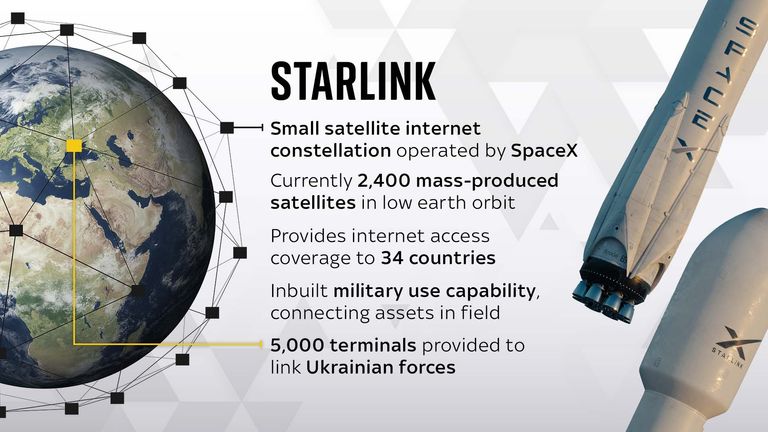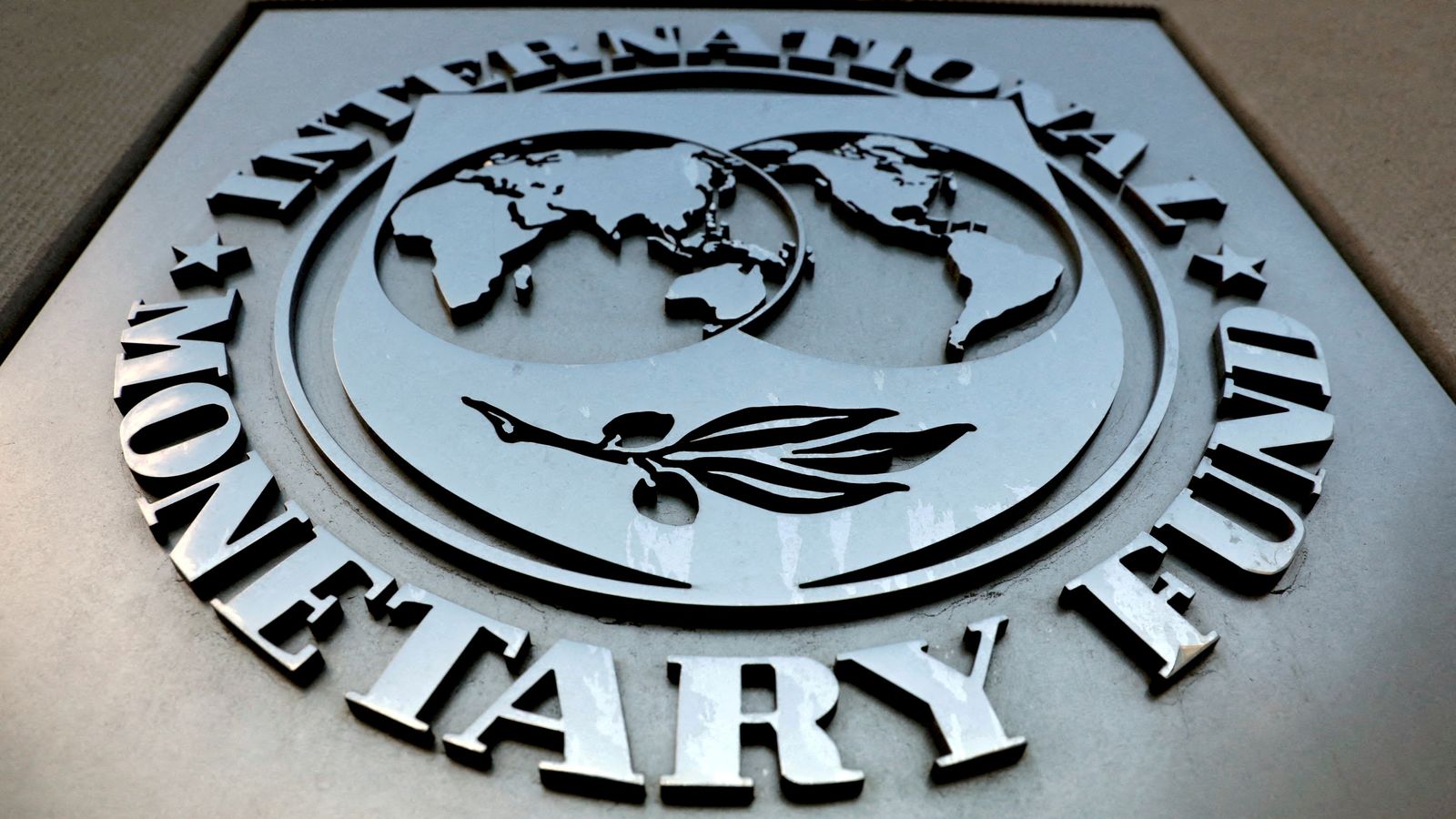
Elon Musk has indicated that his SpaceX company will continue funding its Starlink internet service in Ukraine, a day after he said he couldn’t fund the project.
The world’s richest man cited the need for “good deeds” as he performed the U-turn, having earlier said he could no longer afford to keep the satellite provider running in the war-torn nation.
‘Kamikaze drones’ fly over Kyiv – live war updates
“The hell with it… even though Starlink is still losing money & other companies are getting billions of taxpayer $, we’ll just keep funding Ukraine govt for free,” he tweeted.
Musk appeared keen to win back some goodwill from Kyiv, having sparked uproar earlier this month by floating a “peace plan” which included new elections in regions illegally annexed by Vladimir Putin.
His provision of Starlink to Ukraine following February’s invasion had been welcomed, and has proved key to the battlefield successes enjoyed by Volodymyr Zelenskyy‘s forces.
Ukrainian envoy Oksana Markarova said Starlink was “the only connection that we have” in parts of the country, and stressed it was “very important” to keep it operating.
What is Starlink?
Starlink is a satellite internet company, priding itself on its ability to deliver superfast broadband to the world’s most challenging environments – from rural areas with notoriously patchy network coverage, to – in the case of Ukraine – an active war zone.
Operated by Musk’s SpaceX company, it is powered by thousands of satellites in the Earth’s low orbit, while receiver devices are used on the ground to make a connection and provide internet service.
The idea is that more satellites means lower latency service than other broadband firms, which traditionally use single satellites orbiting the planet. It has, however, led to complaints of light pollution and excessive space debris.
In the UK, the price of admission is a £460 hardware kit and a £75 monthly bill – a hefty premium compared to the providers you might be used to.
Average download speeds have been clocked at 106 megabytes per second by the website thinkbroadband, which would be fast enough to get the latest version of FIFA on your PlayStation in just over eight minutes.
How has Starlink been used in Ukraine?
Ukraine of course has bigger concerns than downloading video games or streaming films on Netflix.
Russia’s targeting of the country’s infrastructure has included telecommunications, and the delivery of Starlink dishes back in February has provided a lifeline to civilians and soldiers alike.
The role of Starlink’s broadband in keeping the world informed of Russia’s relentless siege of Mariupol has been reported on by the New York Times, and it has also helped restore communications in places liberated by Ukrainian troops.
However, Starlink has not proved a perfect solution. Earlier in October, the Financial Times reported “catastrophic” temporary outages in Kherson and Zaporizhzhia as Ukrainian troops pushed forward.
In a move unusual for normal business but on-brand for Musk, the initial provision of Starlink was handled through communication with Ukraine’s digital minister on Twitter.
It was formalised in April, with Starlink becoming a registered internet provider in Ukraine. There are now more than 23,000 systems in operation.
Musk has since complained that the US government has not offered financial support to keep providing Starlink – but for now at least, he seems willing to foot the bill.












